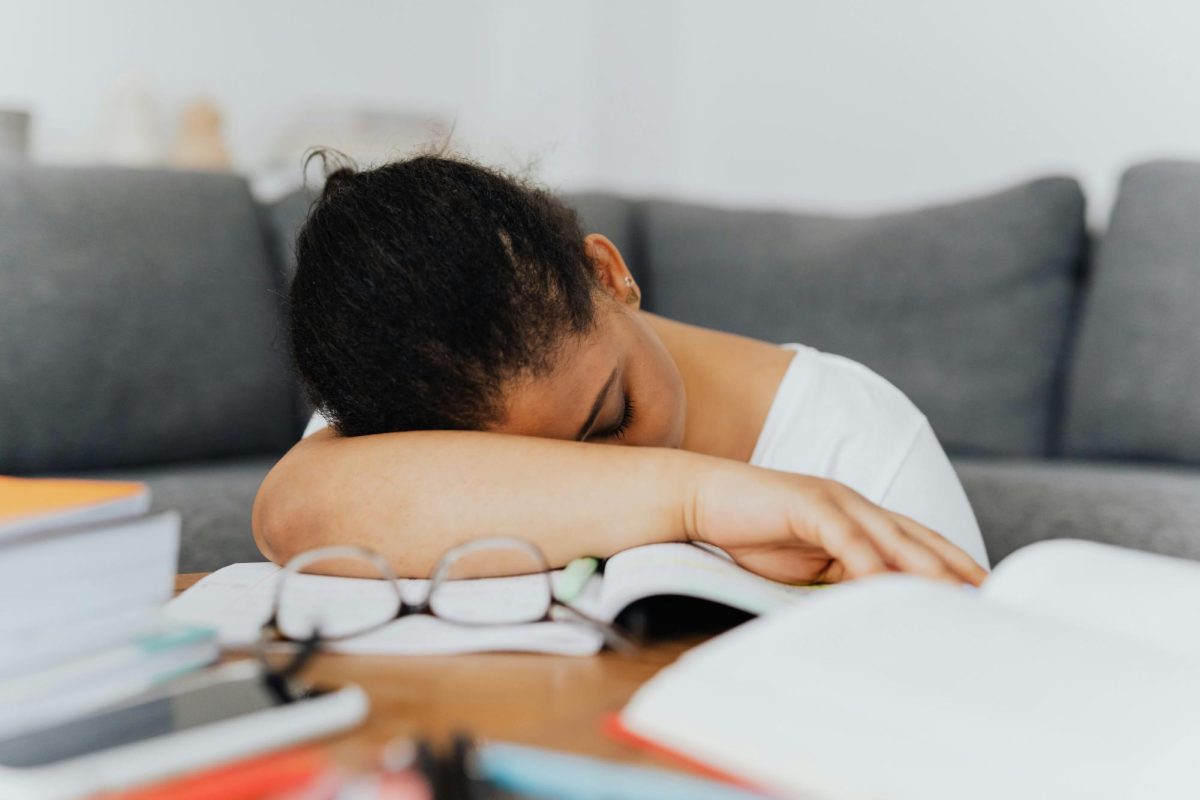Think for a moment about your shoes. Although it may seem minuscule, the shoes you wear daily may impact your health. However, what freedom do we have as students to make such a choice? How can we, while abiding by the dress code, create positive change?
“Solid brown or black leather [shoes] only and cut below the ankle (mesh side panels must be plain without design) or oxford style shoes are the only types permitted,” according to the Parent/Student Handbook.
Traditional leather shoes as a part of a uniform, especially at a parochial school, can be a positive choice. Wearing the same shoes can give students confidence and show that they are held to a higher standard, thus creating the ‘tradition of excellence’ we all strive to craft, and can make students focus solely on academics, and not on the way they look. However, some aspects of them aren’t so excellent when looked at from an orthopedic perspective.
Most leather shoes are designed to be worn only for formal occasions, and do not contain enough arch support to sustain teenagers’ growing feet. These formal shoes are not meant for climbing flights of stairs and walking across campus, activities vital to having a successful school day.
With the advent of the digital world, tennis shoes can be made in almost every color and fabric, and for a much more reasonable price, especially when compared to more supportive formal shoes, which can cost you, in some cases, upwards of $150.
Carrie McNitt is a pediatric physical therapist who specializes in children and teens’ growing feet and notes how bodily development begins with the feet and ankles.
“Proper foot support contributes to proper posture and alignment throughout the day,” McNitt said. “If there isn’t enough foot support, there is strain on the knee which in turn puts strain on the hips and leads to easy fatigue.”
McNitt also notes another reason to make the switch to sneakers: they give you a mood boost in return.
“With proper foot support, you will notice more spring in your step, and your body will thank you in time.”
Even if formal shoes are here to stay, I don’t see why tennis shoes can’t be optional for students to wear the whole day, especially when the health effects are weighed.








